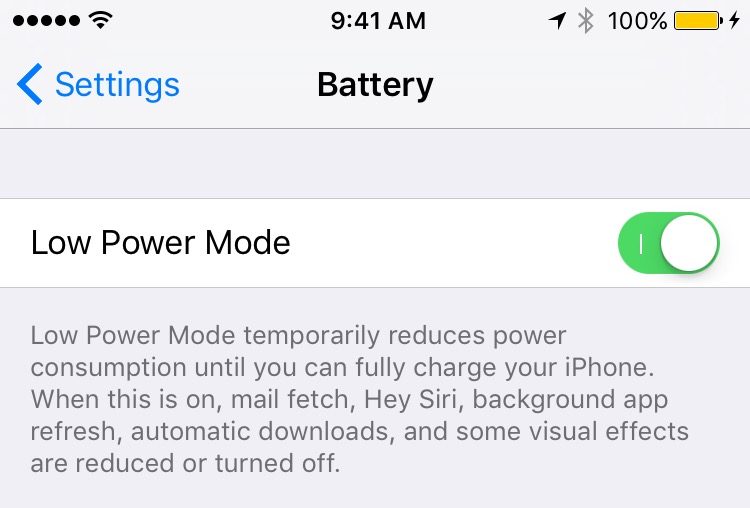The technology in modern day smartphones, tablets, and computers is extraordinary. We have phones that sense how much pressure is put into the display, tablets that read our fingerprints, and computers that function as both laptops or tablets. Despite these innovative developments, one aspect of modern day technology, and perhaps the most crucial, has not caught up: the battery.
The most clear example of how more (or how little) battery technology has improved is the latest iPhone model. Apple boasts that the iPhone 6 is 50x faster than the original iPhone, and the graphics power is 86x faster. That is a huge increase. But looking at battery life, the iPhone 6 has not even double the battery life of the very first iPhone, with the original iPhone coming in at 6 hours of using the internet compared to the 11 hours on the iPhone 6.
Now, people have argued that this is still incredible. They have argued that the new phones have been able to extend battery life, while upping the battery power. When looking into this further, this claim is invalid. The major reason that battery life has increased is not because of the tech in the battery, but the technology in the phones. Located in the settings menu and developer mode, the user can adjust their battery to a variety of power modes such as the energy saving and high performance; none of which have to do with the actual battery.
For example, there is a message under the low power mode which says, “mail fetch, Hey Siri, background app refresh, automatic downloads, and some visual effects will be reduced or turned off.”
Another example of how batteries have not improved is new “quick charging” in phones such as the new Samsung Galaxy S6. With this feature, users will be able to, as the name suggests, charge their devices quickly. Droid Life says that their Samsung Galaxy S6 got to 32% in 15 minutes. That is quick, but the reality is that this technology has nothing to do with the battery, but rather bundling a more powerful charger with the phone. This is smart and relatively cheap for the phone companies, but is not a real improvement on battery technology itself.
A complaint that users have been bringing up to Apple since a few months after the iPhone 6 was released was this: make the phone a little thicker so that you could fit a bigger battery; we do not need a device that is as thin as possible.
To see if this is what people wanted, I conducted a poll on Twitter. The result had eight more votes in favor of a slightly thicker iPhone with more battery life instead of a thinner iPhone. Recently there have been unconfirmed reports that Apple plans to make their next phone so thin that the headphone port will be taken out. Although it doesn’t seem likely, it has some people worrying that aesthetic appeal might soon overtake the demand for improved performance. Luckily there has been recent news that a solution to sleekness and power could be in reach.
A company by the name of Intelligent Energy created a battery that lasted an entire week of real world use(checking Instagram, texting, watching YouTube videos, etc.). And even better, the battery is so thin that it fits in the iPhone 6. The best part is that Apple has started to collaborate with the company, and is speculated to incorporate sometime in the near future.
While this could be an exciting development to a future iPhone, it is essential that other companies follow, and create their own improved batteries. Battery technology is the future, but first, it needs to catch up to modern day tech.





















